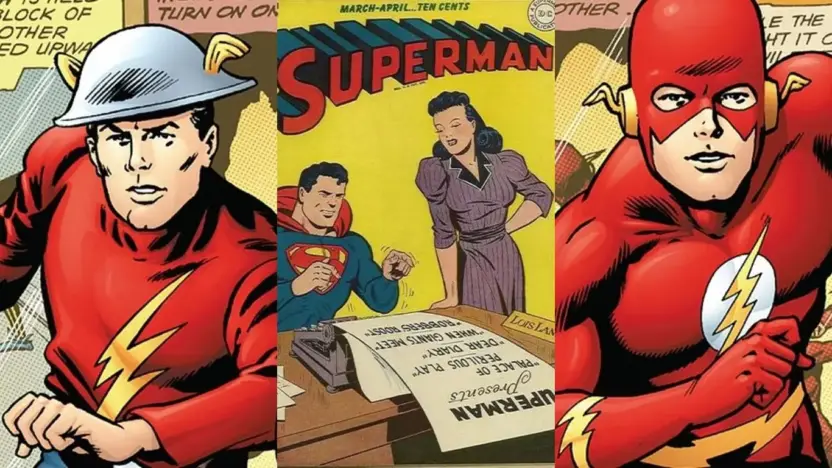In the rich tapestry of comic book lore, the Golden Age often plays second fiddle to the more modern eras that followed, particularly the Silver Age with its array of new heroes and complex narratives. Yet, there’s an enduring allure to the pioneering superheroes of the 1930s and ’40s—a raw, unfiltered heroism that captivates readers even today. For some fans, the original versions of these caped crusaders not only stand the test of time but also manage to outshine their more modern counterparts. In this article, we’ll dig into “10 Golden Age Characters From DC Comics Better Than Their Silver Age Successors.”
10 Golden Age Characters From DC Comics Better Than Their Silver Age Successors
Jay Garrick (Flash) vs. Barry Allen
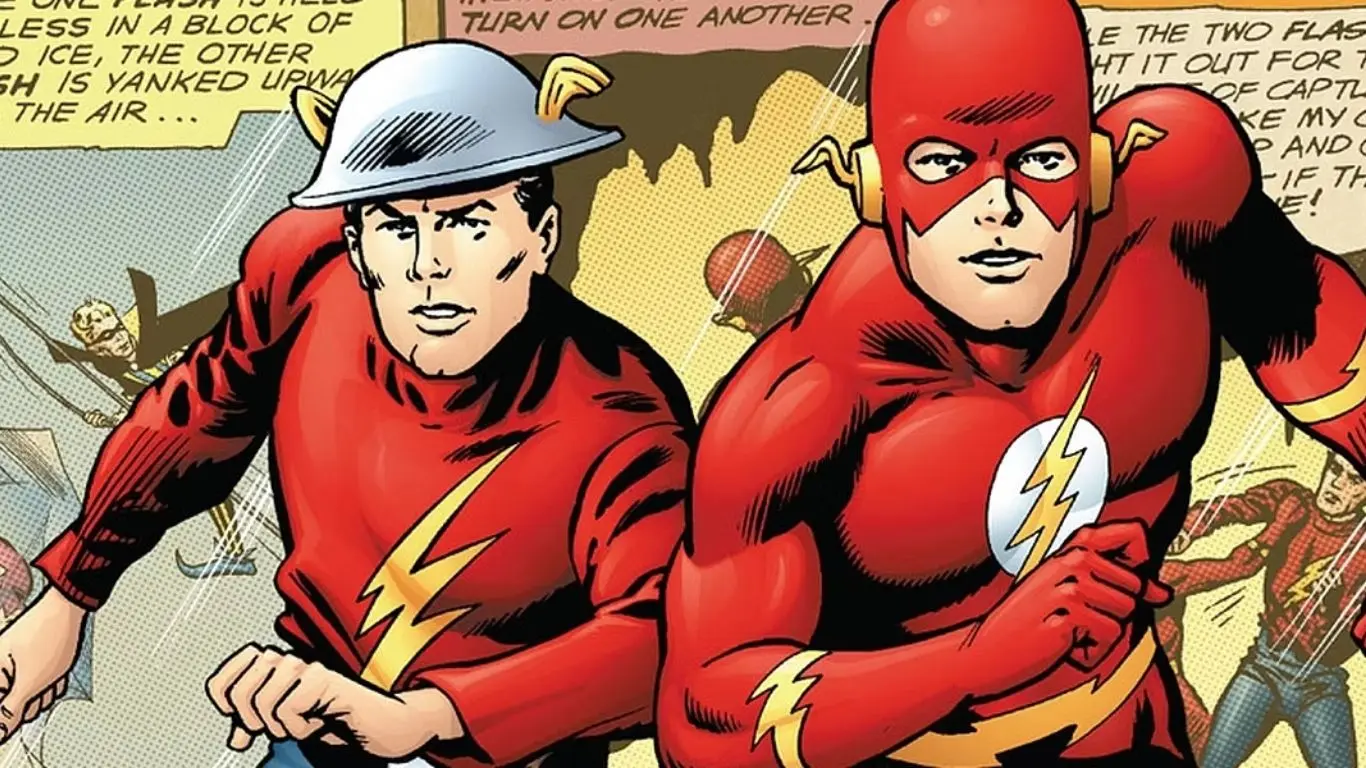
For many fans, the allure of Golden Age characters like Jay Garrick far surpasses that of Silver Age icons like Barry Allen—and for good reasons. Garrick’s straightforward origins and storylines offer a refreshing simplicity, making him easily accessible to readers. He embodies a pure, instinctual form of heroism, unburdened by the intricate cosmic and scientific elements that later defined Allen. This elemental heroism gives Garrick a timeless, almost universal appeal.
Additionally Garrick possess a grit and grounded realism that stem from the turbulent times in which they were created. This adds a layer of authenticity often missing in their Silver Age counterparts. While Barry Allen’s complexities revolutionized comic storytelling, they occasionally eclipsed the character’s core appeal, making him less relatable. In contrast, Jay Garrick remains an endearing figure whose straightforward heroism stands the test of time, proving that sometimes less is more.
Alan Scott (Green Lantern) vs. Hal Jordan
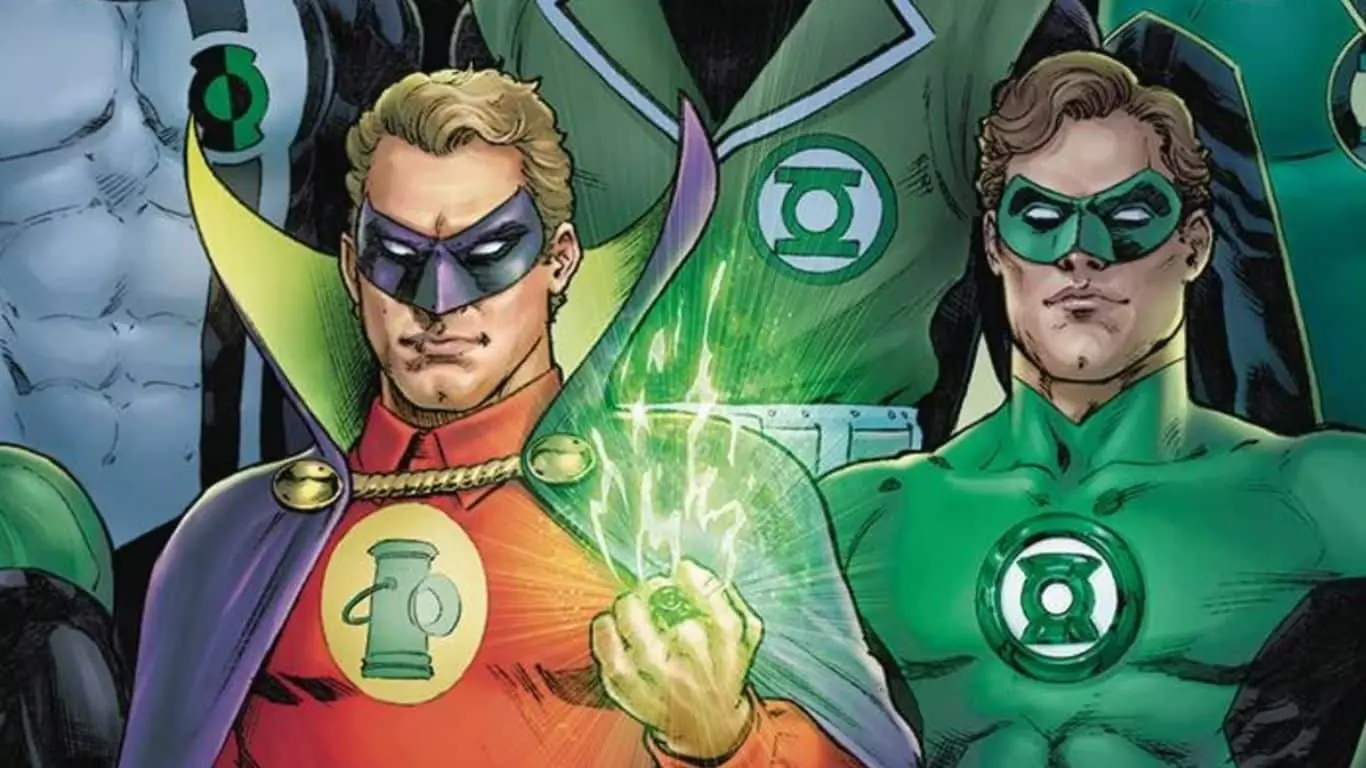
Alan Scott and Hal Jordan represent two distinct eras and tones in comic book history, each with its own allure. Yet, for some fans, Alan Scott, the Golden Age Green Lantern, offers something uniquely captivating. His mystical origins tap into a magical realm, setting him apart from the science fiction-based lore that defines Hal Jordan and the Green Lantern Corps. Scott’s straightforward heroism, rooted in earthly concerns and moral quandaries, offers a directness that Hal Jordan’s more cosmic narrative often lacks.
As a founding member of the Justice Society, Scott has a vintage charm and historical significance that anchor him in comic book lore. While Hal Jordan’s adventures may span galaxies and introduce mind-bending concepts, they sometimes dilute the character’s personal relatability, something Alan Scott has in abundance. In short, Scott’s more grounded, magic-infused character holds an enduring appeal that sets him apart.
Carter Hall (Hawkman) vs. Katar Hol
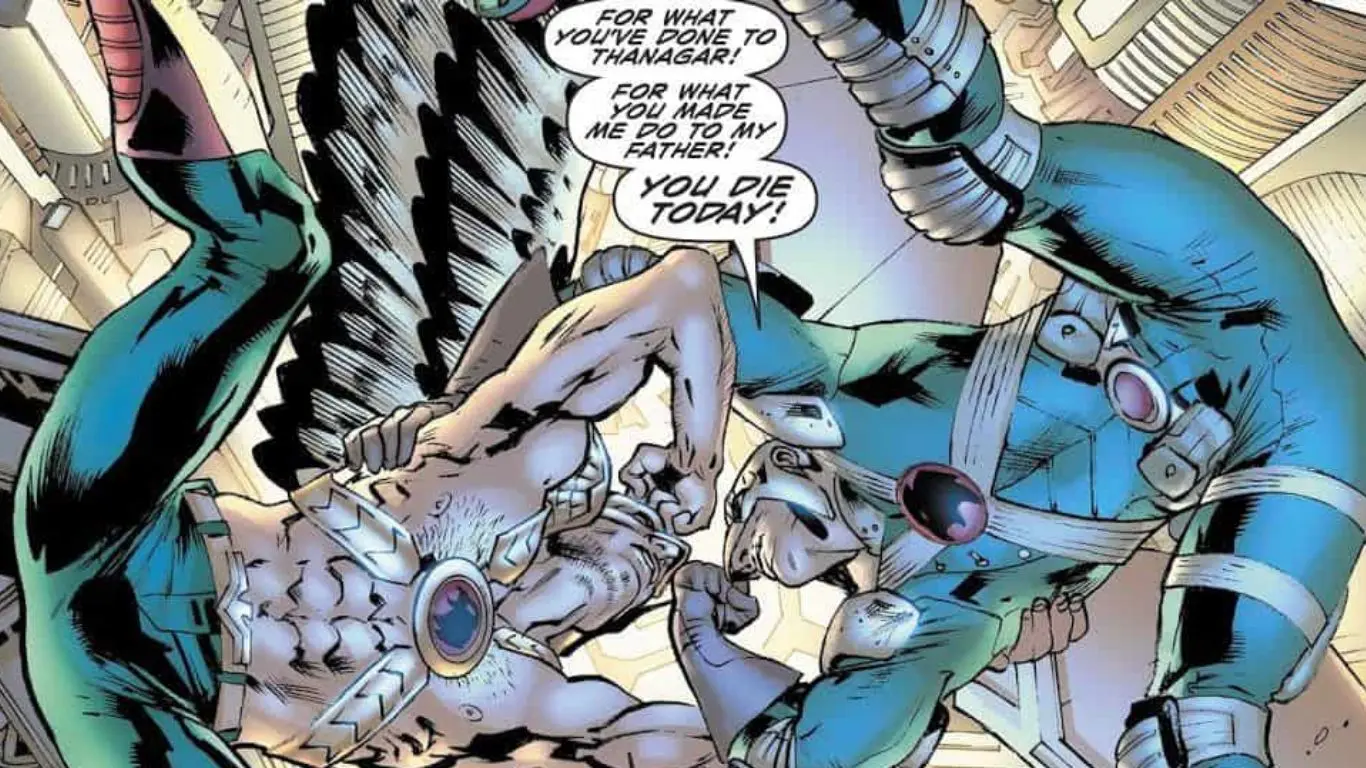
For many fans, the Golden Age Hawkman, Carter Hall, holds a special charm that his Silver Age counterpart, Katar Hol, struggles to match. Carter Hall’s backstory as a reincarnated Egyptian prince offers an intriguing blend of mythology and adventure, grounding him in human history in a way that makes his character both relatable and fascinating. This gives him an emotional depth and complexity that stand in contrast to Katar Hol’s more extraterrestrial origins.
Carter Hall’s tales often delve into themes of destiny, love, and reincarnation, making his stories emotionally rich and character-driven. On the other hand, Katar Hol’s adventures frequently venture into the cosmic and otherworldly, which, while imaginative, can sometimes sideline the personal elements that make a character compelling.
Al Pratt (Atom) vs. Ray Palmer
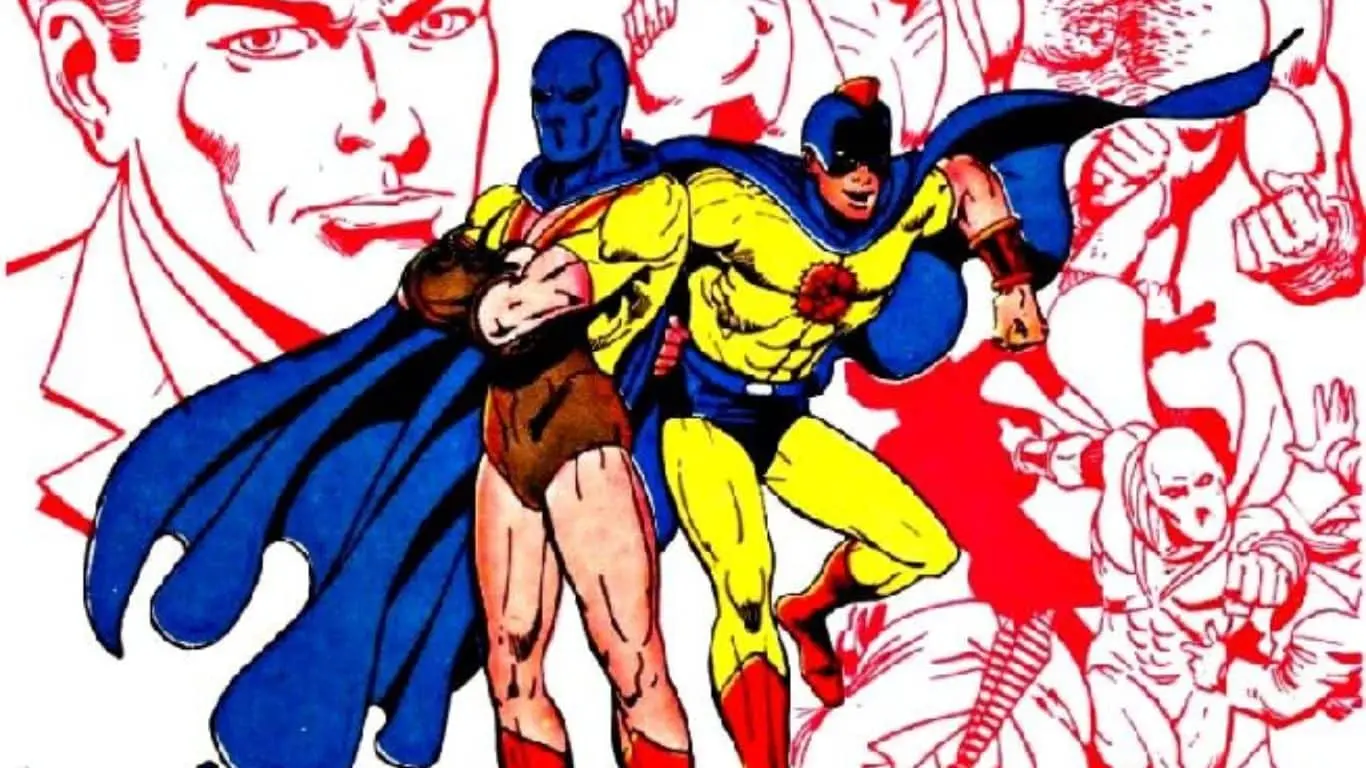
In the Atom lineage, Al Pratt and Ray Palmer represent two different paradigms of heroism. Al Pratt, the Golden Age Atom, distinguished himself through sheer willpower and physical strength. Lacking the size-altering abilities of his successor, Pratt’s Atom was more of a brawler, an everyman who fought against crime and injustice without the aid of advanced technology or superhuman abilities. His character spoke to the indomitable human spirit and the capacity for ordinary individuals to make a difference. This straightforward, gritty approach made Pratt’s Atom a compelling figure of raw, undiluted heroism.
Ray Palmer, the Silver Age Atom, brought science fiction elements into play. With his size-altering technology, Palmer’s Atom stories often focused on adventures that exploited his shrinking capabilities, venturing into microscopic worlds and tackling cosmic dilemmas. While these tales were innovative and expanded the Atom’s narrative possibilities, they sometimes lost the relatable, grounded feel that made Al Pratt’s Atom resonate with readers.
Doctor Fate (Kent Nelson) vs. Hector Hall
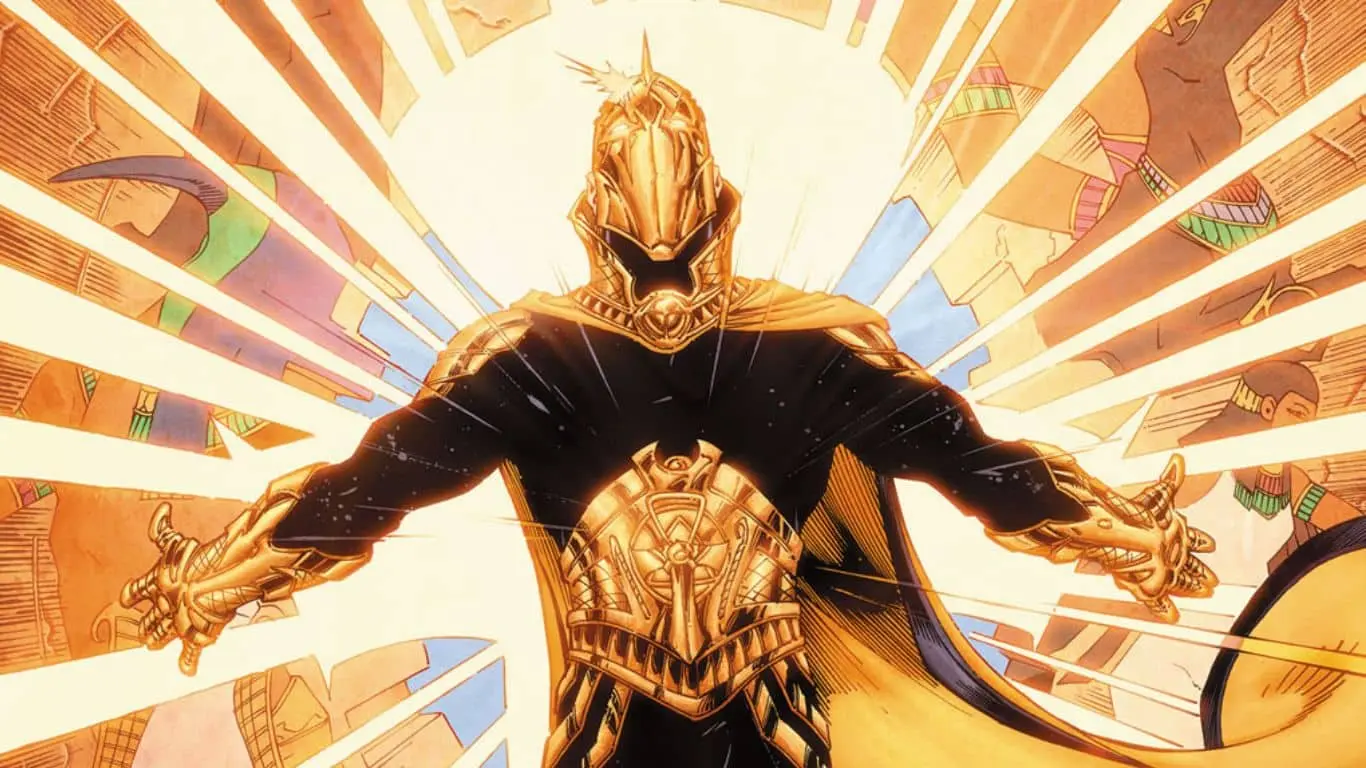
When considering the different incarnations of Doctor Fate, Kent Nelson and Hector Hall serve as interesting contrasts. Kent Nelson, the Golden Age Doctor Fate, has a mysticism and enigmatic allure rooted in ancient mythology and arcane knowledge. With origins involving the discovery of an ancient artifact and the wisdom of a sorcerer, Nelson’s Doctor Fate is a grand fusion of mystical elements, often contending with cosmic forces and existential threats. This creates a sense of awe and gravitas around his character that makes him a focal point of any story he’s in.
Hector Hall, on the other hand, comes with a more complex and layered backstory, including familial ties to other heroes like Hawkman. While this adds a certain depth to his character, it also makes him a bit more convoluted, lacking the mythological simplicity and raw mysticism that define Kent Nelson.
The Spectre (Jim Corrigan) vs. Hal Jordan/Crispus Allen
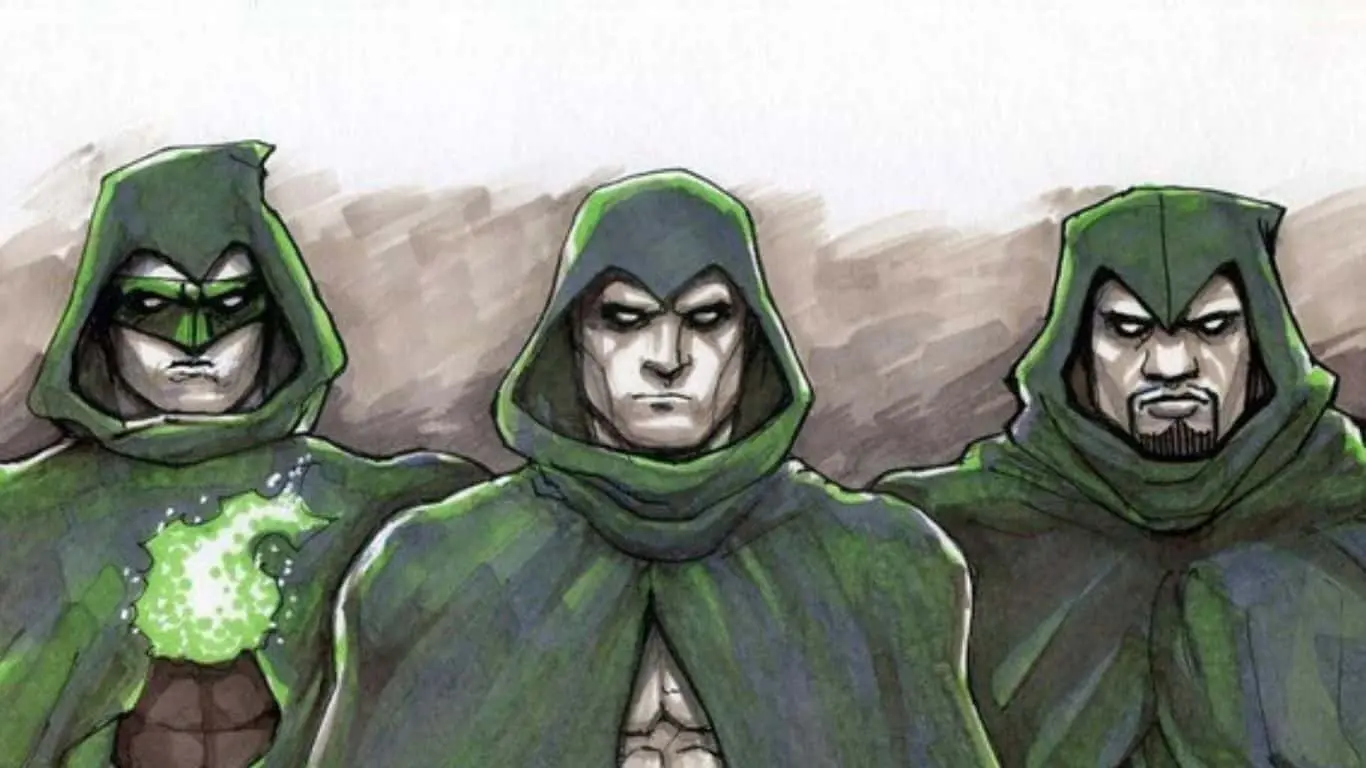
The Spectre, an entity of nearly limitless power, has had different hosts over the years, but Jim Corrigan, the Golden Age version, stands out for several compelling reasons. Corrigan’s Spectre is a manifestation of divine vengeance, bound to a slain detective whose stark narrative orbits around themes of justice, morality, and retribution. This purity of concept lends Jim Corrigan’s Spectre a directness and raw intensity that captures the imagination. The Golden Age Spectre stories often delve into the moral fabric of humanity, making them deeply resonant and emotionally impactful.
On the other hand, later versions, like Hal Jordan and Crispus Allen, introduce other elements to the Spectre mythos. Hal Jordan’s tenure as the Spectre came with the burden of his complex past, including his time as Parallax, which, while adding layers to the character, somewhat muddled the Spectre’s primal mission of divine justice. Crispus Allen, although a compelling character in his own right, brings in nuances that can dilute the absolute moral certainties that made Jim Corrigan’s Spectre so hauntingly captivating.
Wesley Dodds (Sandman) vs. Morpheus
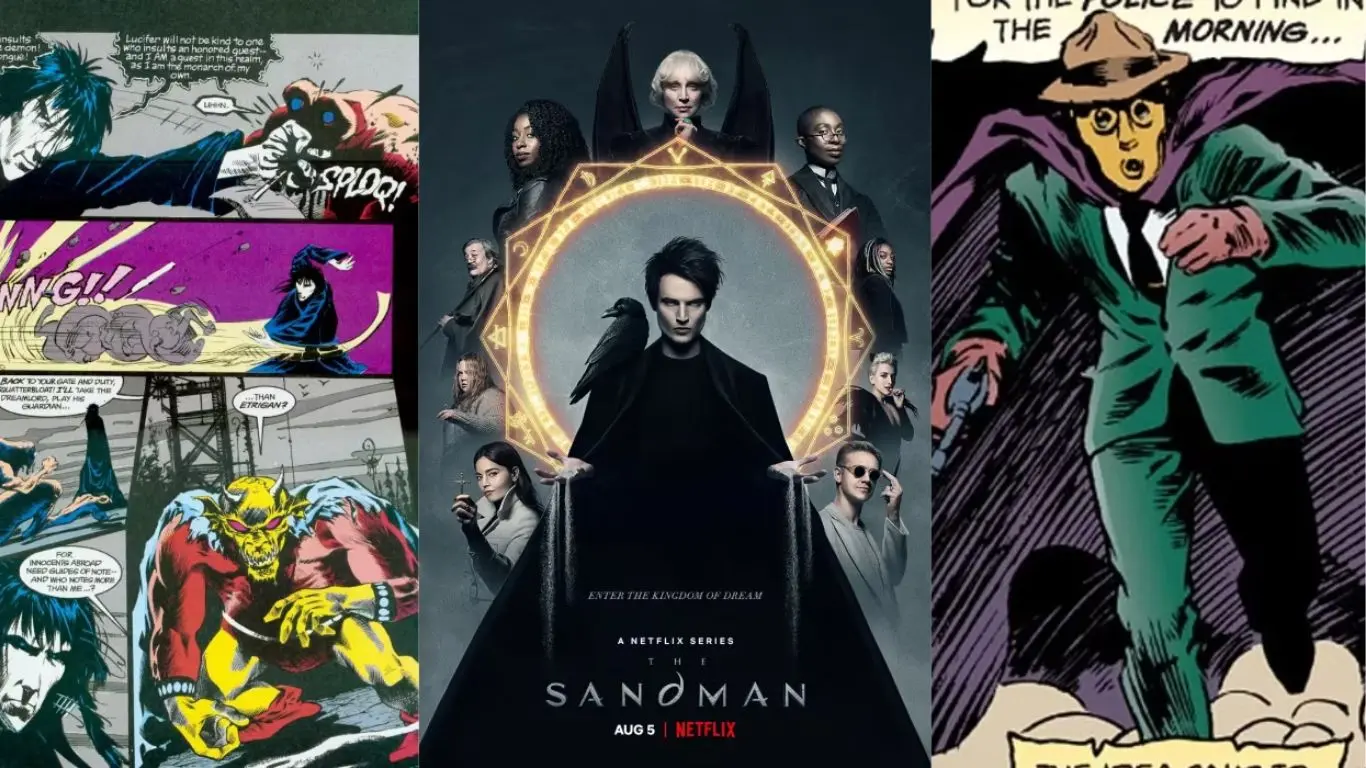
Wesley Dodds, the Golden Age Sandman, and Morpheus, from Neil Gaiman’s “The Sandman” series, are vastly different characters, each offering a unique appeal. However, Dodds possesses a singular charm that for some outshines the complexity of Morpheus. Armed with a gas mask and a sleeping-gas gun, Wesley Dodds fought crime relying on wit, skill, and intuition. His stories were grounded in reality, often revolving around murder mysteries and criminal plots, providing a down-to-earth appeal that many find incredibly engaging.
Morpheus, also known as Dream, is a more mythic figure, an Endless who governs the realm of dreams. While Neil Gaiman’s epic offers a rich tapestry of mythology and introspection, it can sometimes feel removed from human struggles. Its abstract, existential themes, though compelling, don’t offer the straightforward heroism and immediate relatability you get with Wesley Dodds.
Johnny Thunder and Thunderbolt vs. Jakeem Thunder and Thunderbolt
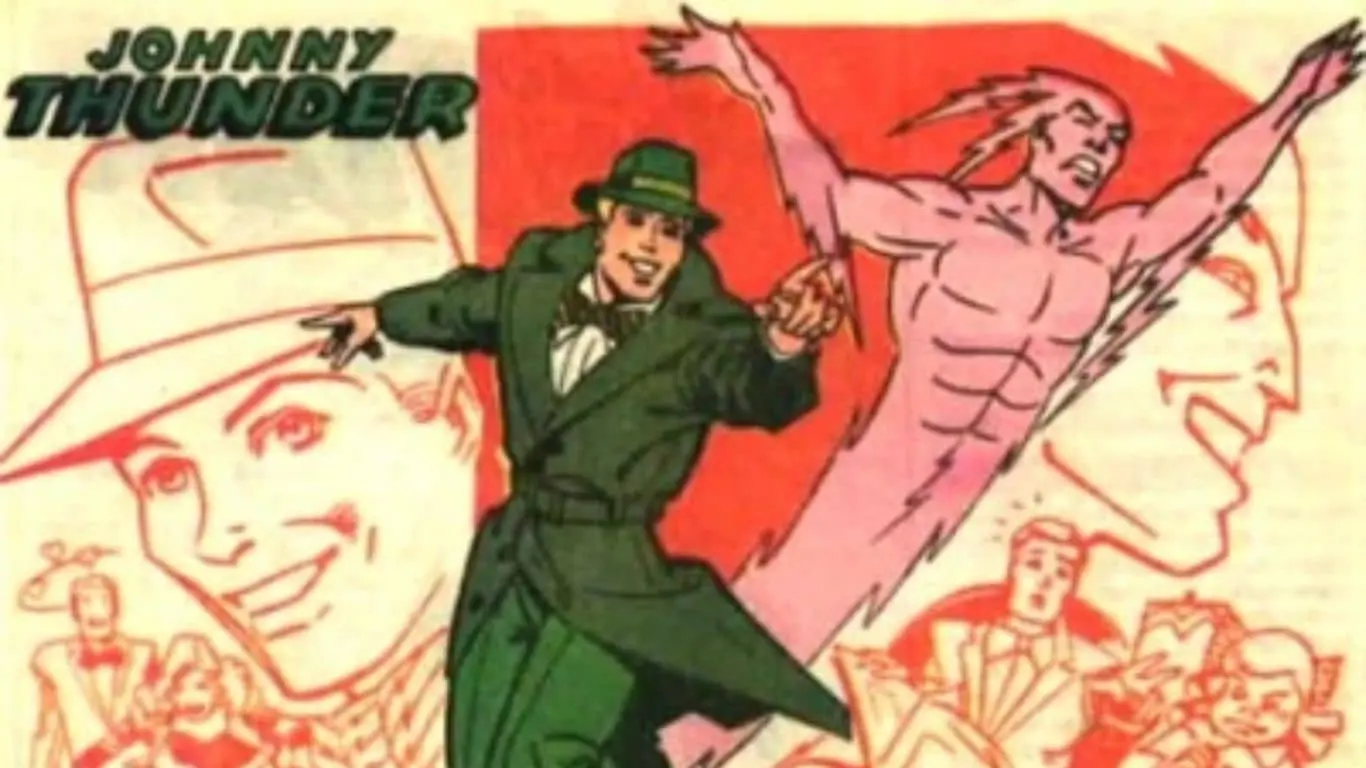
Johnny Thunder and his magical Thunderbolt from the Golden Age offer a sense of whimsy and straightforward heroism that make them unforgettable figures in comic history. Johnny, although naive and often stumbling into adventures, exudes a likable charm and earnestness that resonate with readers. His Thunderbolt, a powerful genie-like being, adds an element of unpredictability and humor to their escapades. This combination of earnestness and magical whimsy makes Johnny and his Thunderbolt both endearing and engaging.
In contrast, Jakeem Thunder, who comes into possession of the Thunderbolt in later years, offers a more modern, nuanced portrayal of a young superhero. While Jakeem’s complexities and the updated challenges he faces make for compelling storytelling, they sometimes lack the unfiltered, almost accidental heroism that makes Johnny Thunder so charming. Additionally, the relationship between Jakeem and his Thunderbolt often explores themes of partnership and responsibility, adding layers but also complexities that can make the narrative heavier and less straightforward.
Hourman (Rex Tyler) vs. Rick Tyler
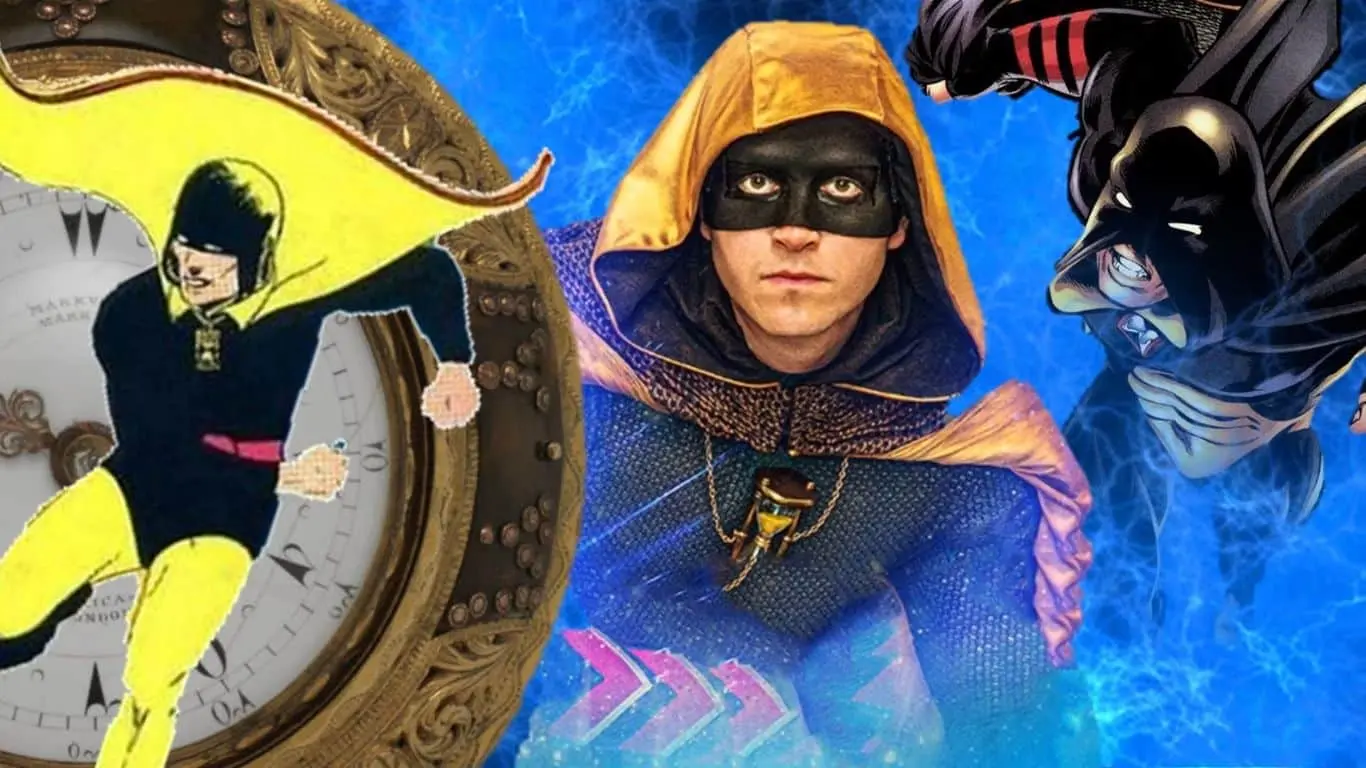
Hourman’s concept – gaining superhuman abilities for just an hour – is as intriguing as it is challenging. But when comparing the two prominent bearers of this mantle, Rex Tyler and Rick Tyler, the Golden Age incarnation often stands out for its unique appeal.
Rex Tyler, the original Hourman, operated in a time when superheroes were burgeoning. Consuming the “Miraclo” pill to gain super strength and agility for one hour, Rex’s adventures were thrilling yet tinged with the vulnerability of time constraints. His struggles often revolved around using his limited time wisely, making for stories filled with tension and urgency. Moreover, Rex Tyler’s character represents the everyman — a scientist who, despite having a time-limited power, tries his best to be a hero.
Rick Tyler, his son, took on the Hourman mantle in a more complex era of comic storytelling. Dealing with the legacy of his father, Rick’s tales are layered with the challenges of upholding a legacy and the personal costs of heroism. While these stories have depth and delve into intergenerational themes, they sometimes lack the pure, high-stakes excitement and simplicity of Rex Tyler’s tales.
Lois Lane (Golden Age) vs. Lois Lane (Silver Age)
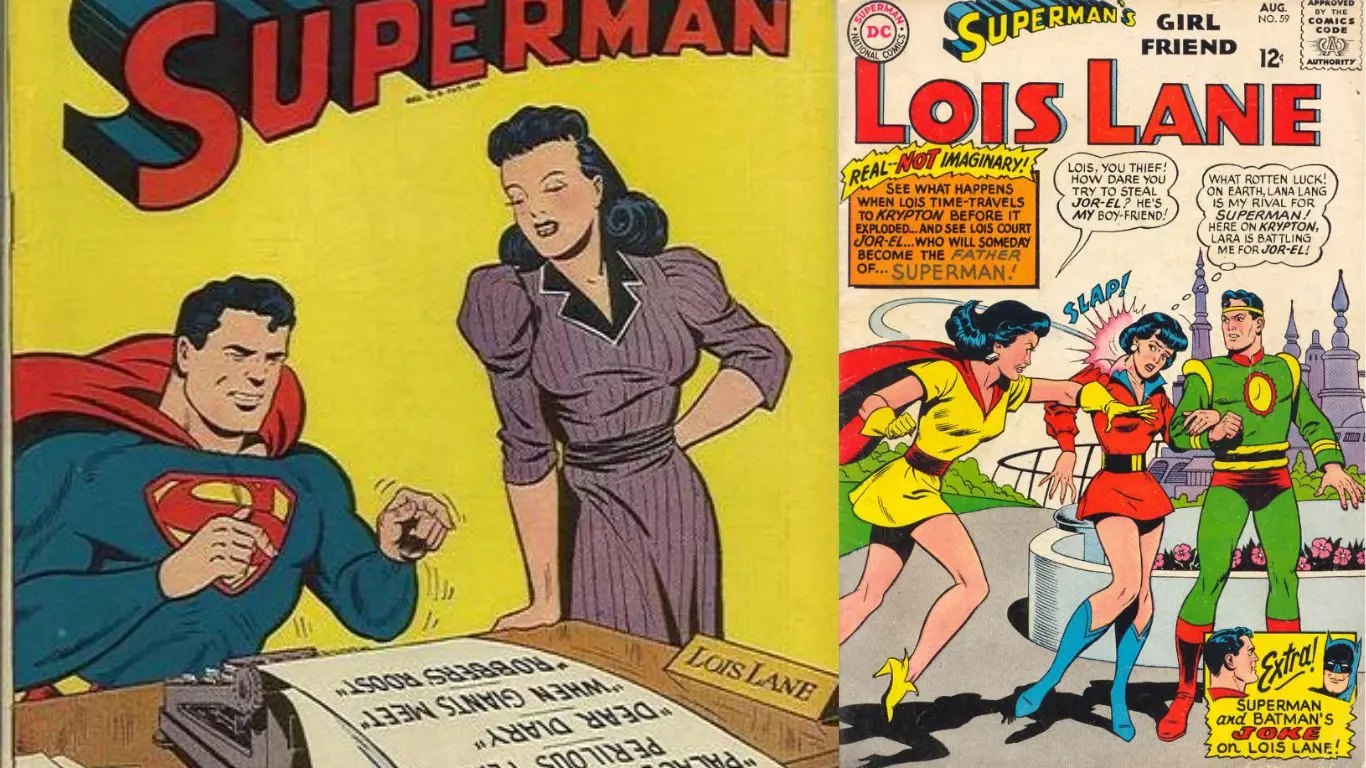
The evolution of Lois Lane as a character offers an intriguing lens through which to examine the changing dynamics and perceptions of women in comics. During the Golden Age, Lois Lane emerged as a force to be reckoned with: feisty, intelligent, and unapologetically ambitious. She was a reporter who could dig into stories with the same fervor as Clark Kent, providing a compelling balance to Superman’s larger-than-life heroism. Lois was a character in her own right, complex and relatable, making her an icon and setting a high bar for other female characters in comics.
Contrast this with Silver Age Lois Lane, who was often relegated to the role of a damsel in distress or a figure defined primarily by her romantic pursuit of Superman. The stories from this era tended to marginalize her career ambitions and intellect, focusing instead on love triangles and domestic concerns. While these stories can be viewed as historical artifacts reflecting the social norms of the time, they lack the empowering nuances that made Golden Age Lois a legend in her own right.
Also Read: Marvel vs. DC: Ranking the Most Powerful Super-Pets
